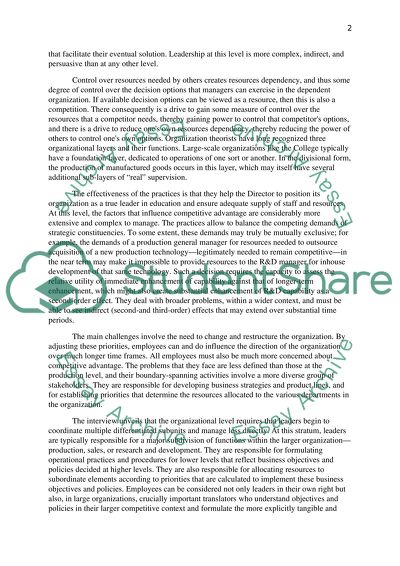Human Resources Diagnosis Essay Example | Topics and Well Written Essays - 500 words. Retrieved from https://studentshare.org/miscellaneous/1516352-human-resources-diagnosis
Human Resources Diagnosis Essay Example | Topics and Well Written Essays - 500 Words. https://studentshare.org/miscellaneous/1516352-human-resources-diagnosis.


